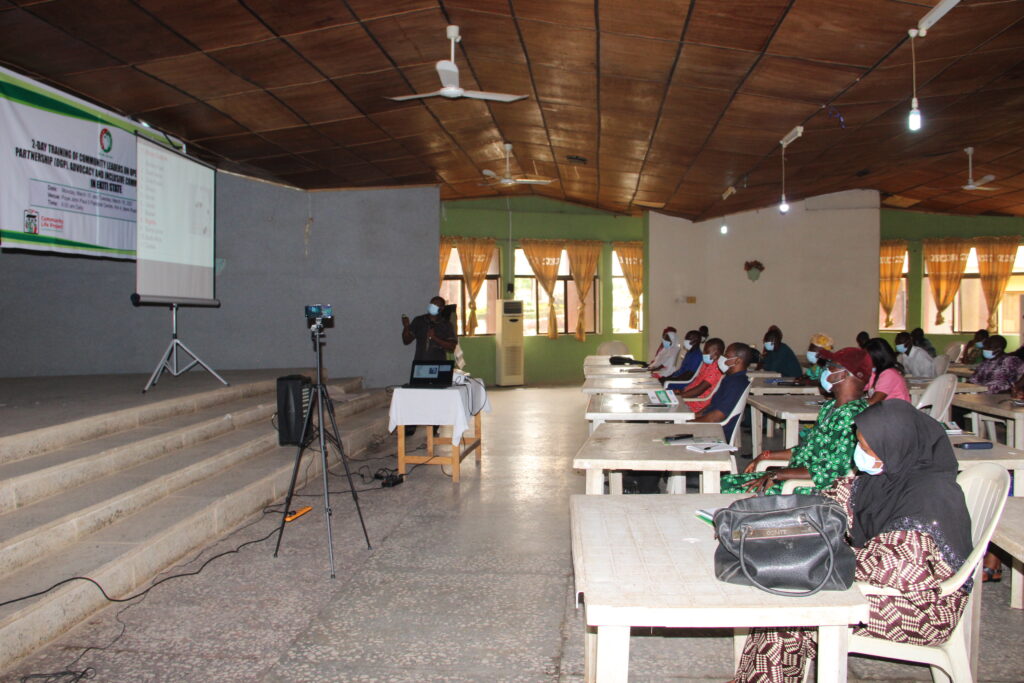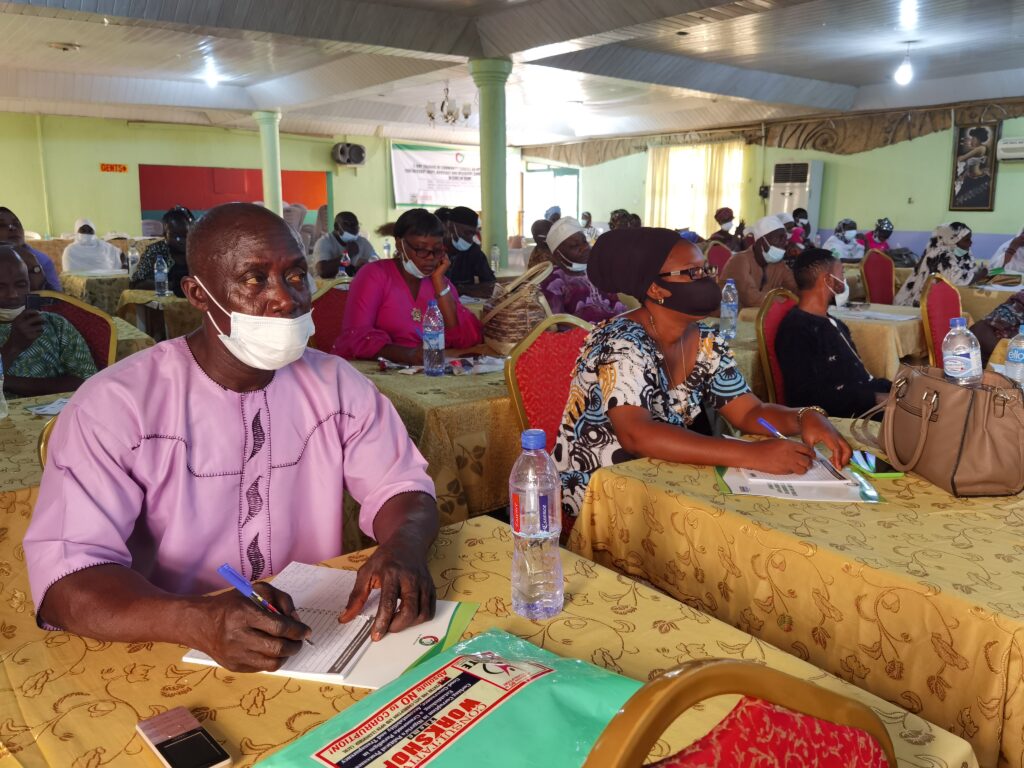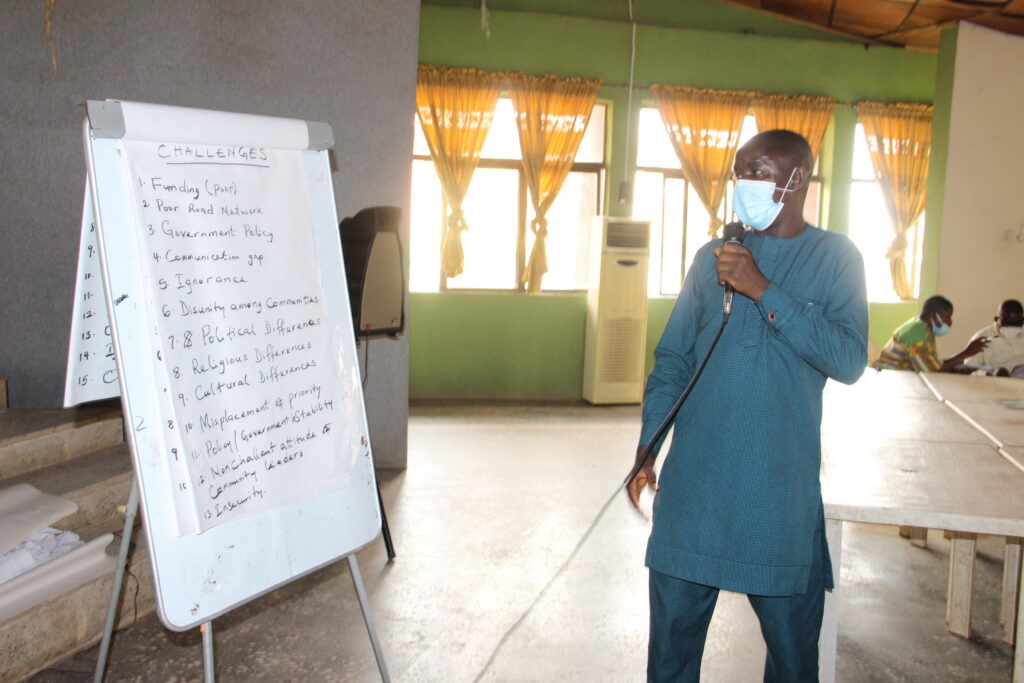Grassroots communities are often neglected by Federal and State Governments when it comes to development. Governments tend to put more investment into capital projects in urban centres. The Local Government which was created to facilitate the development of grassroots communities through provision of basic amenities and quality service delivery has not been living up to its responsibilities; and is weak in providing solutions to the challenges facing the communities.
There have been numerous cases of projects sited in communities not matching the real needs of the residents of those communities, because the communities had no say in the choice of those projects. Such projects were left to ruin, wasting valuable resources. In addition, funds are sometimes allocated for Constituency Projects without specifying the locations where such projects will be sited, making it difficult to track such projects and ascertain whether or not they have been executed. What is more, there are little or no mechanisms to hold public officers accountable for lack of transparency and misuse of public funds.
For public works expenditure to translate into improved quality of life for the poor and low-income citizens, grassroots communities need to play a key role in deciding the choice of projects to be implemented in their communities whether by the state or local government or by legislators embarking on constituency projects. It is important that communities express voice and engage with duty bearers to ensure transparent, accountable and needs-based budgeting and spending of public funds in their communities. For communities to effectively place demands on duty bearers, they need to acquire appropriate skills, knowledge and tools.
To this end, with support from MacArthur Foundation, Community Life Project (CLP), a non-profit, trained 90 grassroots community leaders and volunteers in Ekiti and Osun States of Nigeria. The objective of the training was to equip participants with Knowledge of Open Government Partnership (OGP), transparency and accountability in local governance, advocacy and inclusive community development.
The community leaders and volunteers were drawn from CLP’s grassroots movement – ReclaimNaija (slang for Reclaim Nigeria).


The community leaders and volunteers were trained to help 467 communities produce Needs-Based Community Development Plans (NBCDPs) in 16 local governments across both states. A Community Development Plan is a document that details the needs, resources and assets of the community as well as the development goals, aspirations and objectives of the community. It also sets targets to be achieved over a specified timeline in different sectors of development.
Armed with the Community Development Plans, communities can engage the local and state governments and their elected representatives to make sure that they select their public works and constituency projects from those prioritized community needs highlighted in the plans. This will make it easier for duty bearers to harmonise their development efforts in the communities to avoid duplication of projects or execution of projects that are not aligned with the real needs of communities. It will improve transparency and accountability and enable the government maximise available resources, which will lead to improved service delivery and better quality of life in the communities.


Benefits
During the training, the benefits of community development planning to both communities and government were highlighted as follows: –
Benefits of Community Development Plan to Grassroots Communities
It helps the community to identify their needs and arrange them in order of priority, inclusive of the needs of the vulnerable members of the community (Persons with Disabilities, Women, Youths, Elderly).
It helps the community to identify the strengths, weaknesses, available opportunities and the threats to the development of the community.
It helps the community to know what to demand from the government and to know the scale of preference for projects;
It serves as an advocacy and communication tool for the community to engage the government, development partners, foundations, philanthropists in developing the community.
It assists the community to channel limited resources to the real needs and fast-track the development of the community.
It helps the community to facilitate the execution of useful and sustainable projects in the community
It creates a sense of belonging for members of the community, as they work together to develop the plan and realise its goals and objectives.
Benefits of Community Development Plan to the Government
It enables the government to know the real needs of grassroots communities and understand the priority needs of different communities.
It facilitates more judicious budgeting of public funds – it enables the government to allocate funds wisely and maximise available resources,
It makes budget decision-making more open, inclusive and accountable
It helps in the implementation of real developmental projects in communities.
It serves as a tool for effectively allocating scarce resources in the face of competing demands.
It helps the government to budget for projects that reflects the real needs of grassroots communities.
It reduces duplication of projects and the siting of unsustainable projects in communities.
It helps community members to claim ownership of government projects sited in the community and to ensure the sustainability of the projects.
At the end of the training community leaders shared their takeaways on the anticipated benefits of the Community Development Plans to grassroots communities and the government:
Community Voices. 4 with gender and age balance, PWD their views on the plan
“They will know what to do with the communities and what they need. They
Alhaja Khadijat Ogundele, Chairperson Education Committee, Representative of FOMWAN, Ekiti State.
Owolabi Kayode Paul, Chairman of All Persons with Disabilities in JONAPWD Ekiti State.

